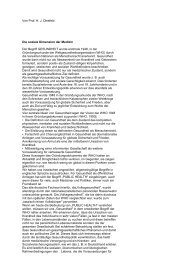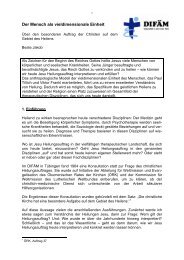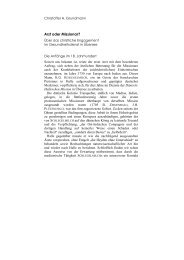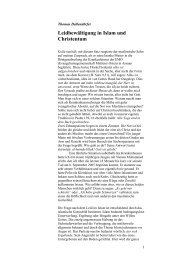(PHCII) - MMH/MMS
(PHCII) - MMH/MMS
(PHCII) - MMH/MMS
You also want an ePaper? Increase the reach of your titles
YUMPU automatically turns print PDFs into web optimized ePapers that Google loves.
Social Economic/Cultural factors are some of the reasons given for not delivering in<br />
health units among others; all 8(100%) focus group discussions said that high costs of<br />
hospital delivery was a major hindrance for mothers to have delivery in health units.<br />
The high costs was contributed to, by traveling costs to health units, purchasing delivery<br />
equipments, drugs and high referral costs.<br />
More than half 218 (54.5%) of the interviewed women, had low knowledge on maternal<br />
risks during pregnancy, labour and delivery. A small minority 30 (7.5%) were<br />
knowledgeable on maternal risks. This implies that any risk woman could develop any<br />
of the mentioned risks and fell to seek/get medical help as early as possible simply<br />
because they are unaware of the consequences of the symptoms they are experiencing.<br />
In this way, they subject themselves to serious life threatening dangers during labour<br />
and delivery unknowingly. A nice example of a similar situation is given by Chiwuzie<br />
et al (1995) who reported in a study done in Ekpoma Nigeria that the community was<br />
knowledgeable about hemorrhage in pregnancy and delivery, however because of the<br />
inability to recognize early warning signs they continued with traditional treatment even<br />
when clear evidence of danger existed.<br />
In summary, the study findings taking into account the studied variables do not differ<br />
very much from findings by other researchers. Such findings like inadequate action by<br />
medical personnel, distance and deliveries ranging to 40% have been reported by WHO<br />
which does not differ very much from 48% found in this study and that of Tanzania<br />
Demographic Health Survey (1996) where delivery in health facilities was 47% .<br />
However the noted difference was in home deliveries regarding the prime gravid and<br />
grandmultiparous. This study found out that it was the grandmultiparous who used to<br />
deliver at home and not both the prime gravid and grandmultiparous as found by<br />
Godffrey et al (1996).But negative perception of the quality of obstetric care was found<br />
in all other studies as in this study.<br />
27
















